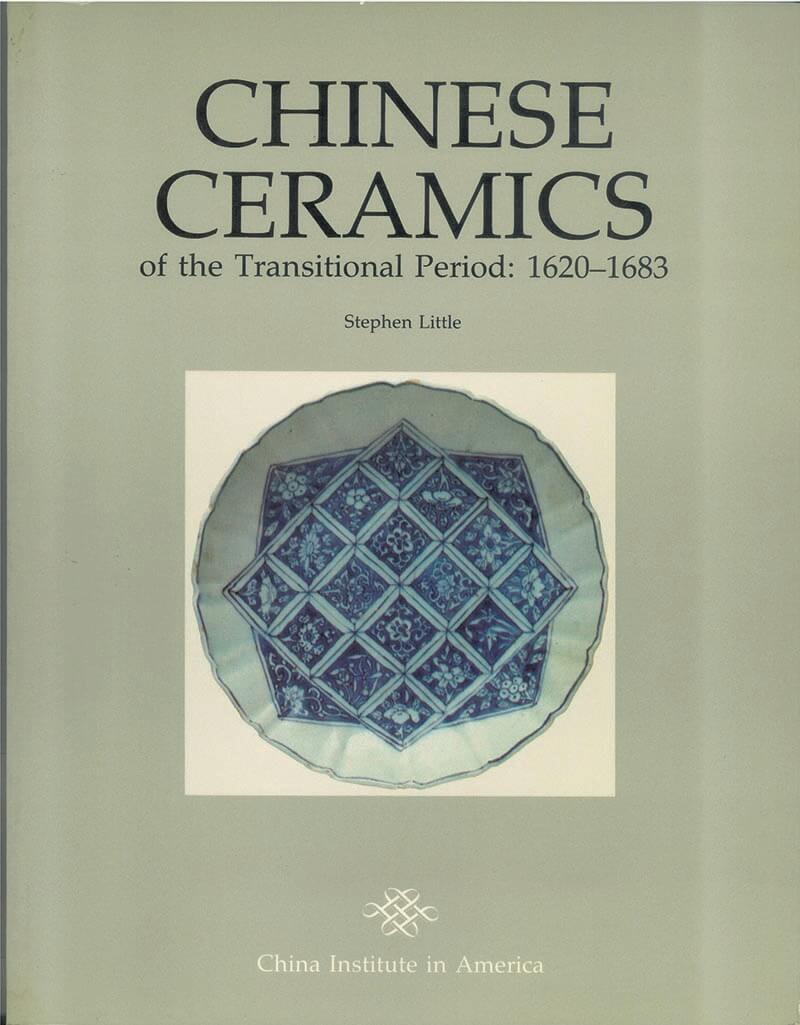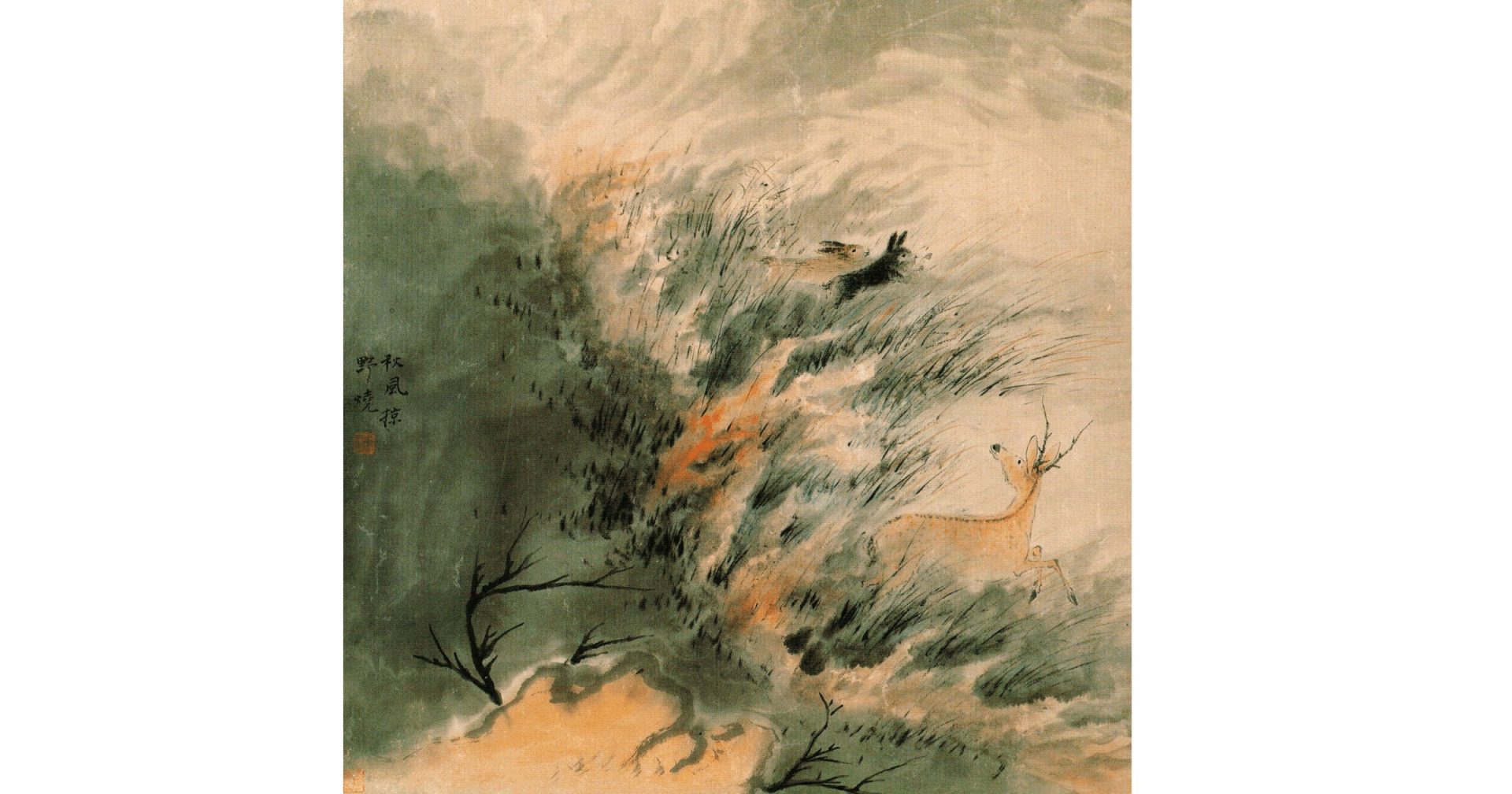The beginning of the transitional period of Chinese ceramics between the Ming (1368–1644) and Qing (1644–1911) dynasties in the seventeenth century was marked by the death of the Ming Wanli Emperor in 1620 and ended with the arrival of Zang Yingxuan, an imperial supervisor appointed by the Kangxi emperor to the Jingdezhen kiln in 1683. During the sixty-three years of chaotic transition, Jingdezhen, the most important ceramics production center in China from the Ming dynasty, lost its imperial patronage as the Ming empire declined and the Manchus gradually usurped power. Potters were forced to pursue new patrons and experiment with ceramic styles, techniques, and designs. Jingdezhen miraculously recovered from almost total destruction by the wars and continues to be a major center for ceramic production in China today. Featuring fifty-five items from this seminal period the exhibition included some of the most typical transitional ceramics, including blue-and-white porcelain, monochrome-glazed, and enameled wares.

Chinese Ceramics of the Transitional Period: 1620-1683
过渡期的中国陶瓷:1620至1683年
October 21, 1983 – January 29, 1984
Curated by Stephen Little
Media Coverage
- The New Yorker
Related Programs
- Curator’s Lecture: Stephen Little, “Chinese Ceramics of the Transitional Period: 1620-1683” (October 20, 1983).
Related Events

September 10, 2026 - January 3, 2027
Founded in 1966, the China Institute Gallery has presented the history of Chinese art from antiquity to the present through superb and thought-provoking...

March 5 - July 19, 2026
One of the most dazzling of the performing arts, Beijing Opera features magnificent costumes inspired by the court attire of the Ming dynasty. The genre’s...
No related events found
